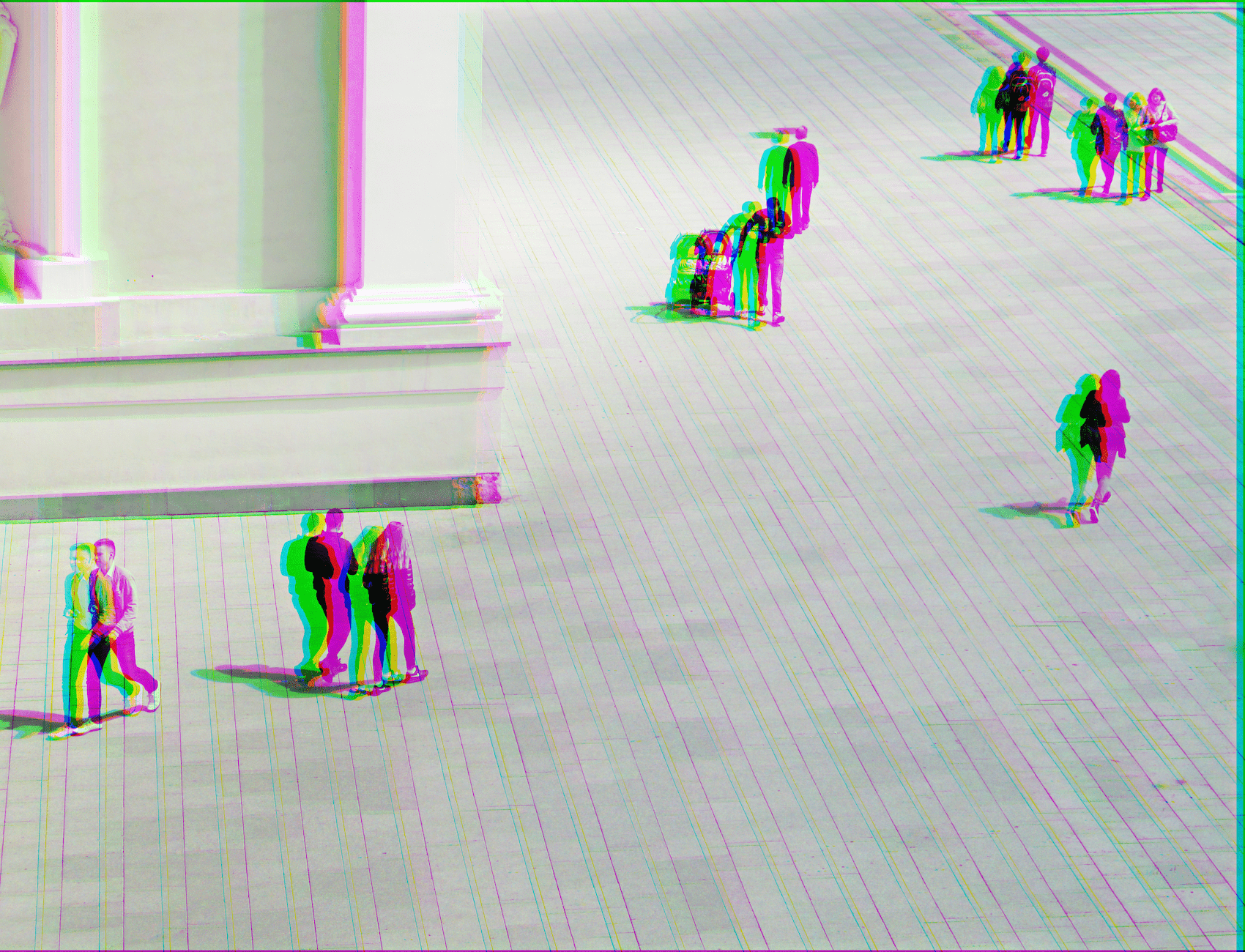As the U.S. Scrambles to Slow Coronavirus, We Should Be Wary of Increased Surveillance
When the dust settles on this pandemic, we need to be clear on what was an emergency response and what is a desirable permanent change.

This piece is a commentary, part of The Appeal’s collection of opinion and analysis.
As a formerly incarcerated person and student of the punitive technology known as e-carceration, I worry not only about the administration’s approach to halting the spread of COVID-19, but how that approach could grow the power of the surveillance state.
For people in pretrial detention, on parole, and under ICE supervision, that surveillance state is already a reality that does not get enough attention. With GPS tracking devices such as ankle shackles, the state implements e-carceration by confining people to their houses, restricting their movements in urban space, and increasingly inserting their biometrics and personal histories into algorithms that frame the extent of personal freedoms. Although algorithm devotees proclaim the neutrality and objectivity of their instruments, race, class, and gender bias are baked into metadata recipes. These tools extract the raw material for their calculations from the records of the criminal legal and immigration systems, obvious seats of structural racism. Scholar Ruha Benjamin refers to these statistical tools as the “New Jim Code.”
No concrete proposals have yet emerged on the use of e-carceration to track people infected with the virus in the U.S. But given reports of its use to contain the virus in other countries, we should be vigilant.
In China, temperature-taking drones targeted individuals moving in public spaces trying to detect evidence of fever, a symptom of the virus. Another surveillance tool is the popular AliPay app, which has a feature that can track a person’s health and assign them a color-coded rating, indicating if they need to self-isolate or can remain on the street. According to Reuters, some apartment buildings and supermarkets required people in Hangzhou to show their color codes before entering. The New York Times reported that the app also appeared “to share information with the police,” overtly linking public health processes with law enforcement.
In South Korea, the Corona 100m app informs users when they get within 100 meters of a site visited by an infected person. The app garnered a million downloads in its first 10 days on the market. When users exit their homes, they can look at the app and chart a course that avoids places visited by infected individuals.
These developments unfolded in very different political contexts than the U.S. But tracking technology and many varieties of drones already are part of our carceral landscape. Like the South Koreans, nearly all of us already have apps on our phones that track our locations and send them to a central location. In addition, U.S. firms like Sentinel Healthcare have begun producing technologies reminiscent of China’s in anticipation of the spread of COVID-19, though the company says it is complying with the privacy requirements of the Health Insurance Portability and Accountability Act (HIPAA).
Moreover, as the crisis deepens, popular support for surveillance technology may increase. In a recent YouGov poll 40 percent of respondents said they would support GPS monitoring to enforce quarantine.
But if we use surveillance technology to monitor coronavirus patients during a time of crisis, will that become more tightly interwoven with police national security databases? Will authorities use the moment to more intensively track those already on the digital radar: people on registries for sex offenses, migrant workers without a permit, those with histories of using public benefits, foster care participants? Will the companies that supply ankle monitors to the criminal legal system grow their market share and the scope of their data scrape in the name of ensuring not just public safety and reduced recidivism, but the health of the population?
Keep in mind that all of this technology represents an opportunity for profiteers. In launching his national state of emergency on March 13, President Trump gathered a phalanx of corporate CEOs at the lectern with him. Rather than spotlighting public health experts and scientists as the saviors of the nation, he brought forward the CEOs of Walmart, Target, and Roche. As we track the growing number of COVID-19 cases and ensuing fatalities, we must also chart the profits these corporations accumulate from this crisis. Death and suffering must not be leveraged into increased market share and rising values for futures.
When the dust settles on this pandemic, we need to be clear on what was an emergency response and what is a desirable permanent change. This viral debacle has the potential to normalize an expanded surveillance state and new forms of e-carceration that construct geofences around targeted communities and lay the groundwork for digital redlining, using GPS and other technologies to create race and class divides. While the threat of a virus may justify drastic restrictions on movement, can we return to ground zero? Remember, we are still taking off our shoes at airports almost 20 years after Richard Reid’s shoe bomb.
James Kilgore is a formerly incarcerated activist, researcher, and author based in Urbana, Illinois. He is the director of the Challenging E-Carceration project of Media Justice’s #NoDigitalPrisons campaign. He is also the co-director of FirstFollowers Reentry Program and the author of five books, including “Understanding Mass Incarceration: A People’s Guide to the Key Civil Rights Struggle of Our Time.”
